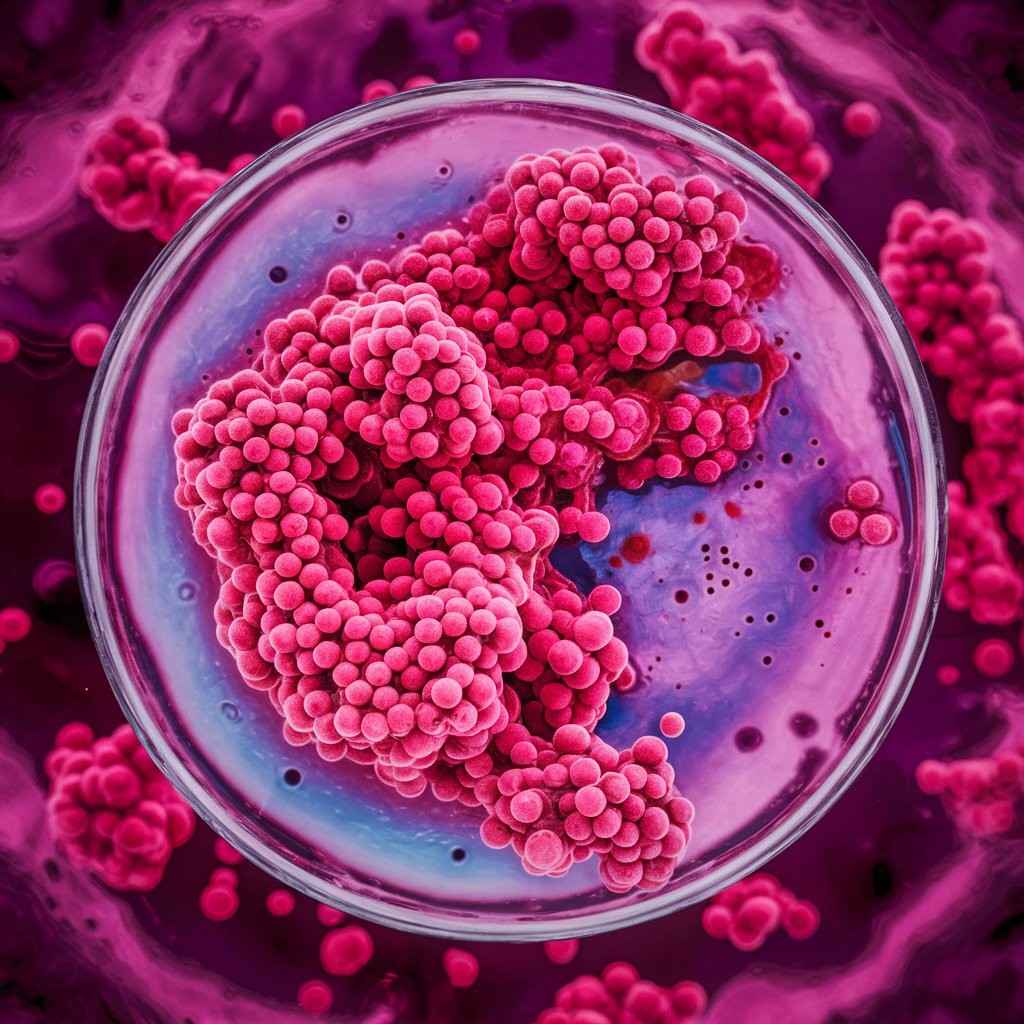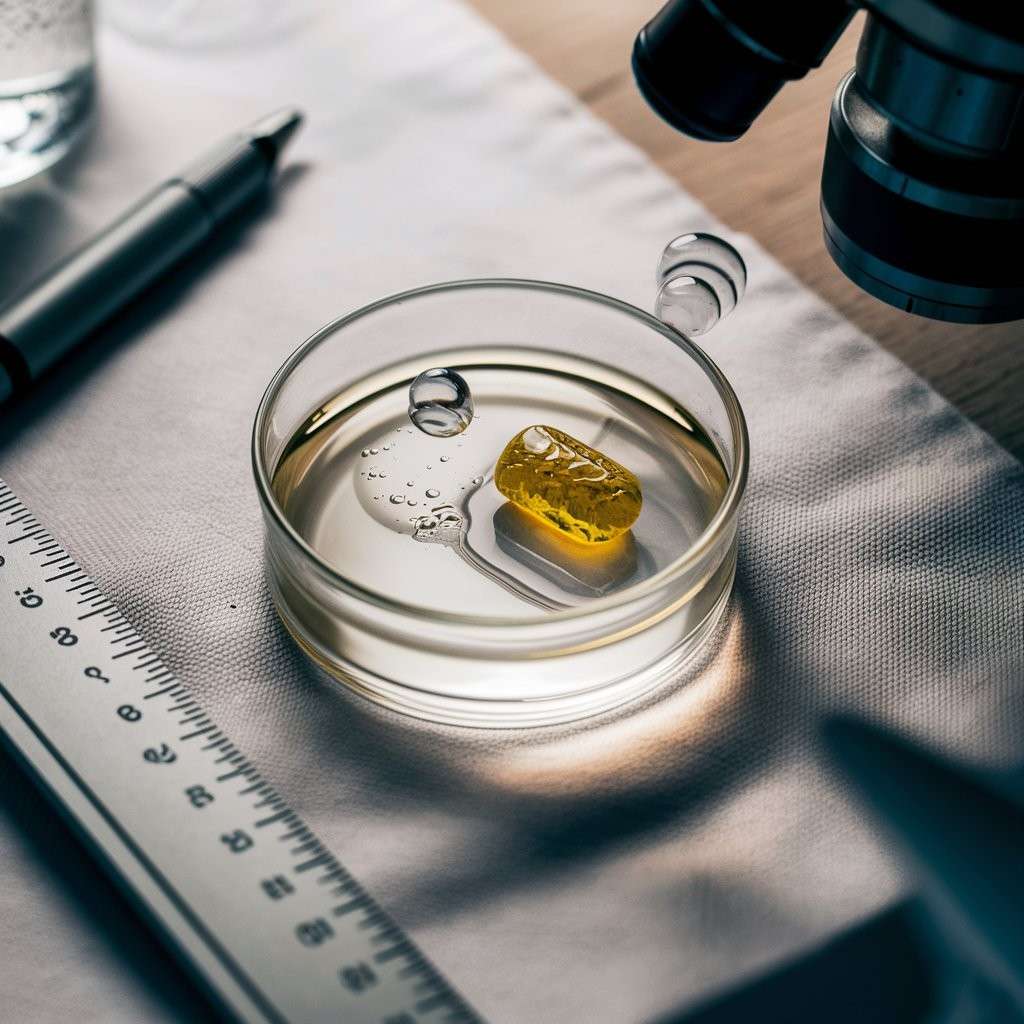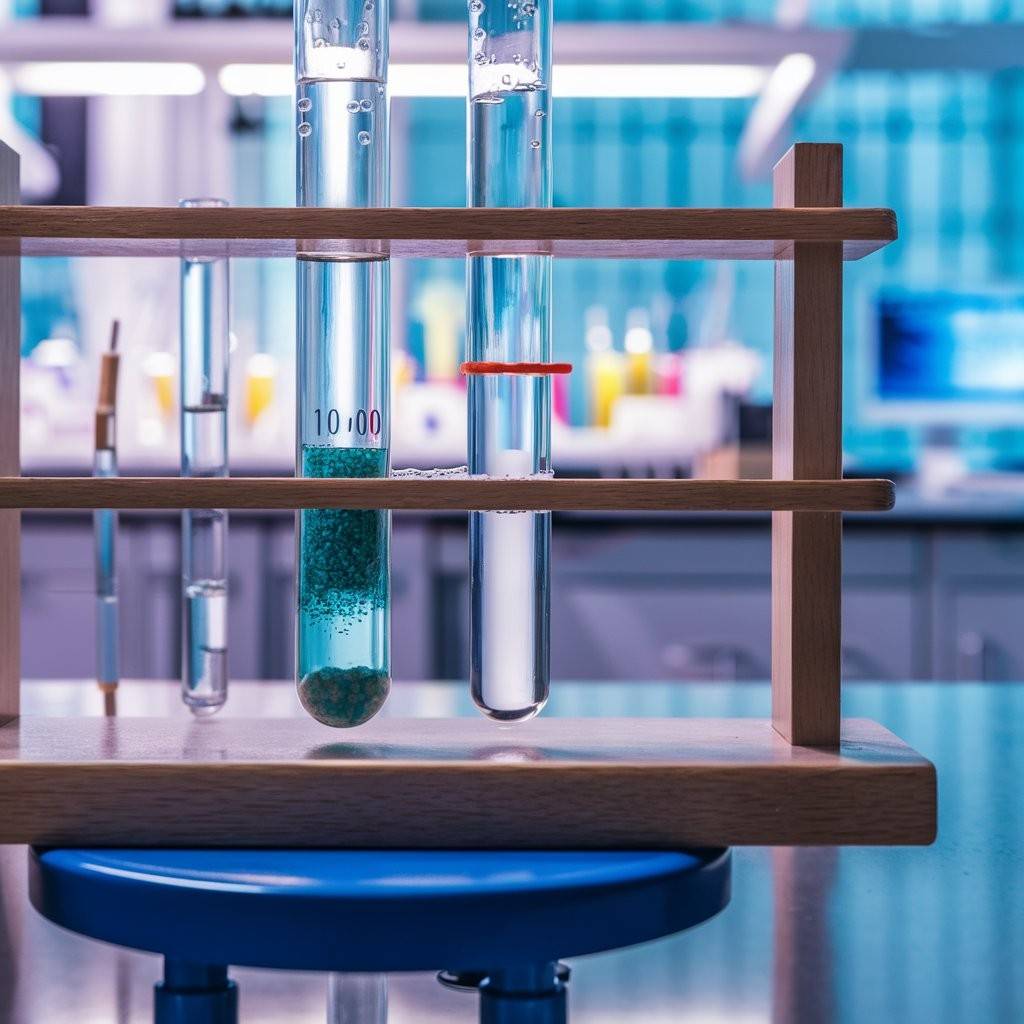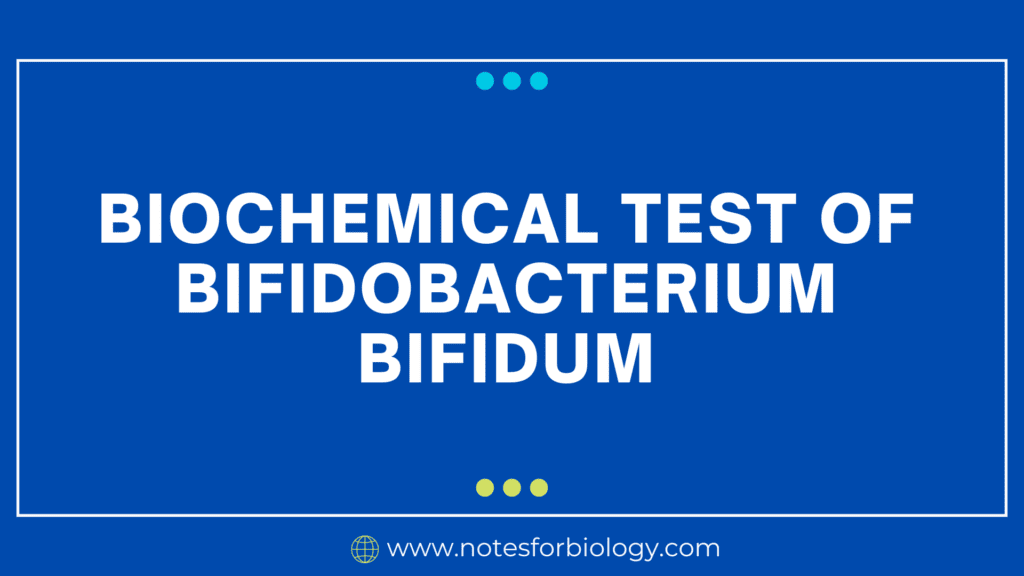Biochemical Test a widespread Gram-positive, non-motile, anaerobic bacteria in both human and animal digestive tracts is Bifidobacterium bifidum. Many biochemical assays are used to identify Bifidobacterium bifidum, some of which are specific to its special metabolic properties.
bifidum, a series of biochemical tests are employed. These tests include Gram staining, which confirms its gram-positive nature, and carbohydrate fermentation tests, which typically show positive results for glucose, lactose, and maltose fermentation, indicating acid production. Unlike many other bacteria, B
Table of Contents
Biochemical Test of Bifidobacterium bifidum below

1. Gram Staining
Principle: Differentiates bacteria based on the composition of their cell walls.
Procedure
- Create a bacterial culture spread on a glass slide, then heat-fix it.
- Use crystal violet stain for a minute.
- Use the iodine solution for a minute after rinsing with water.
- After using acetone or alcohol to decolorize for ten to thirty seconds, rinse with water.
- After rinsing with water, spend 30 seconds counterstaining with safranin.
- After rinsing, pat dry and examine under a microscope.
Interpretation
- Bifidobacterium bifidum: Gram-positive, appearing purple under the microscope
2. Catalase Test

Principle: finds the presence of the catalase enzyme, which breaks down hydrogen peroxide into oxygen and water.
Procedure
- A little quantity of bacterial colony should be placed on a spotless glass slide.
- Put in a 3% hydrogen peroxide drop.
Interpretation
The bifidobacterium bifidum is: Usually catalase-negative; bubbling is not seen.
3. Carbohydrate Fermentation Tests
Principle: determines whether a particular type of carbohydrate may be fermented to produce gas or acid.
Procedure
- Introduce the bacteria into broth that has a pH indicator and a particular type of carbohydrate (such as glucose, lactose, sucrose, or raffinose).
- For 24 to 48 hours, incubate anaerobically at 35 to 37°C.
Interpretation
Bifidobacterium bifidum:
Positive fermentation of glucose, lactose, and sucrose: formation of acid is indicated by a shift in color to yellow.
No gas development in Durham tube is a negative sign for gas production.
4. Indole Production Test
Principle: evaluates the tryptophanase enzyme’s capacity to convert tryptophan into indole.
Procedure
- Incubate the bacteria for 24-48 hours at 35–37°C after adding them to tryptone broth.
- To the culture, add Kovac’s reagent.
Interpretation
Bifidobacterium bifidum: Does not generate a red ring at the top of the medium and is usually indole-negative.
5. Urease Test

Principle: finds the urease enzyme, which breaks down urea into carbon dioxide and ammonia.
Procedure
- Introduce the test organism into urea agar slant or urea broth.
- Incubate for 24 to 48 hours at 35 to 37°C.
Interpretation
Bifidobacterium bifidum: shows no color change and is urease-negative.
6. Nitrate Reduction Test
Principle: finds out whether bacteria can convert nitrate to nitrite or nitrogen gas.
Procedure
- Incubate the test organism in nitrate broth for 24-48 hours at 35–37°C.
- Incorporate α-naphthylamine and sulfanilic acid into the broth.
Interpretation
Bifidobacterium bifidum: Typically nitrate-negative, no red color after adding reagents, and no change after zinc dust addition.
7. Hydrolysis of Gelatin
Principle: Uses the enzyme gelatinase to determine if gelatin can be hydrolyzed.
Method
Inoculate a gelatin medium with a stab.
After incubating, refrigerate.
Interpretation
Positive: Gelatin is liquefied (gelatinase is present).
Negative: No gelatinase present; gelatin stays firm.
8. Hydrolysis of Esculin
Concept: Evaluates the capacity to hydrolyze esculin into glucose and esculetin.
Method
Inoculate an esculin-containing media.
The culture is incubated.
Interpretation
Positive: Hydrolyzed esculin has a dark brown or black coloration.
Negative: Since esculin is not hydrolyzed, there is no color change.
9. Growth at Different Temperatures
Principle: Evaluates the bacterium’s growth at different temperatures.
Method
Incubate the media at the designated temperatures (25, 37, and 45 degrees Celsius).
Interpretation
Ideal Growth: At 37°C, growth is good.
Growth is either variable or nonexistent at 25°C and nonexistent at 45°C.
10. Bile Tolerance
Principle: Evaluates the capacity to proliferate when exposed to bile salts.
Method
Inoculate a bile salt-containing media.
The culture is incubated.
Interpretation
Positive: Bile-tolerant growth in the presence of bile.
Negative: No development (intolerant to bile).
11. Indole Production
Principle: Indicates if tryptophan may be converted into indole.
Method
Add tryptophan to a broth and let it incubate.
Put Kovac’s reagent in.
Interpretation
Positive: There is an indole-containing red ring on top of the soup.
Negative: There is no indole (color change).
12. Hydrolysis of Starch
Principle: Evaluates amylase’s capacity to hydrolyze starch.
Method
Inoculate agar using starch.
After incubation, flood with iodine.
Interpretation
Positive: Hydrolyzed starch creates a clear zone surrounding growth.
Cons: No distinct zone (hydrolyzed starch).
Frequently Asked Question
1. What biochemical test is used to identify Bifidobacterium?
The F6PPK-test, which measures fructose-6-phosphate phosphoketolase, is a conventional method for identifying Bifidobacterium sp.
2. What are 3 biochemical tests used to identify microbes?
One of the most crucial techniques for microbial identification is biochemical testing. biochemical testing for hydrogen sulfide generation (Figure 2.18(D)), citric acid consumption (Figure 2.18(C)), methyl red (Figure 2.18(B)), and carbohydrates fermentation (Figure 2.18(A)) are examples of routine biochemical testing.
3. What are the biochemical tests for Bacillus bacteria?
In terms of biochemical Test, every isolate exhibited a positive response to the following tests: VP (Voges-Proskauer) test, citrate test, catalase test, casein hydrolysis, starch hydrolysis, phosphate solubilization, and no growth of B. subtilis isolates at 55°C temperature.
4. How to perform a biochemical test?
To get your To get your organism’s turbidity to match the 0.5 McFarland test standard, dilute it in a tube of sterile water.
Put 1 milliliter of the organism into the center of the tube using a sterile 1 milliliter pipette.
Cap securely; do not shake.
At 37°C, incubate for a full day. turbidity to match the 0.5 McFarland test standard, dilute it in a tube of sterile water.
Put 1 milliliter of the organism into the center of the tube using a sterile 1 milliliter pipette.
Cap securely; do not shake.
At 37°C, incubate for a full day.
Related Article

